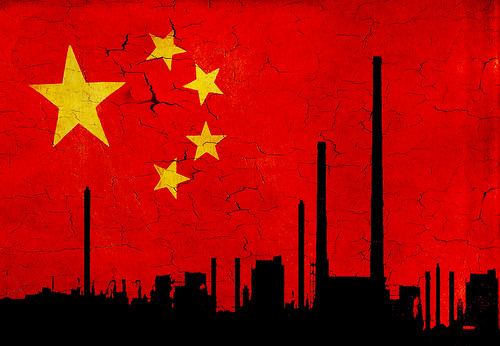November 01, 2020 "Information Clearing House"
Less than a week before the game-changing U.S. presidential election, the real heart of the geopolitical and geoeconomic action is virtually invisible to the outside world.
We're talking about the fifth plenum of the 19th Chinese Communist Party (CPC) Central Committee, which started this past Monday in Beijing.
The plenum congregates the 200 members - and another 100 alternate members - of the civilization-state's top decision-making body: the equivalent, in Western liberal democracy terms, of the Chinese Congress.
The outline of what will be the 14th Chinese Five-Year-Plan (2021-2025) will be announced with a communique' at the end of the plenum this Thursday. Policy details will be streaming in the next few weeks. And everything will be formally approved by the National People's Congress (NPC) in March 2021.
For all practical purposes, this should be regarded as what China's leadership is really thinking.
Meet "China's system"
President Xi has been quite busy, delivering an extensive work report; a draft of the five-year plan; and a full outline of China's top targets all the way to 2035.
Xi has been forcefully stressing a "dual circulation" strategy for China; to increase the focus on the domestic economy while balancing it with foreign trade and investment.
Actually a better definition, translated from Mandarin, is "double development dynamics". In Xi's own words, the aim is to "facilitate better connectivity between domestic and foreign markets for more resilient and sustainable growth".
One spectacular achievement we already know about is that Xi's goal for China to reach the status of a "moderately prosperous society" has been met in 2020, even under Covid-19. Extreme poverty has been eliminated.
The next step is to deal long-term with the absolutely critical issues of crisis of global trade; less demand for Chinese products; and varying degrees of volatility caused by the unstoppable rise of China.
The key priority for Beijing is the domestic economy - in tandem with reaching key tech targets to enhance China's high-quality development. That implies building high-end, integrated supply chains. And then there's the tortuous road of implementing necessary institutional reforms.
Crucially, China's Ministry of Industry and Information Technology is "guiding" companies to invest in core technology; that means semiconductors, 5G applications, the Internet of Things (IoT), integrated circuits, biomedicine.
So everything is, once again, all about the Chip War - which is at the heart of AI, 5G, supercomputing, quantum computing, material science, biotechnology, new energy vehicles and space science.
(Note: You can view every article as one long page if you sign up as an Advocate Member, or higher).






